Tucked away in Omaha, Nebraska, making it a quick and fun overnight getaway, we found El Museo Latino, established by Magdalena Garcia in 1993. A native of Mexico City, Magdalena moved to Omaha at the age of nine, and later went on to earn a degree in fine arts from the University of Nebraska at Omaha, and a master’s degree in museum management from Syracuse University. Hers is the first Latino art and history museum located in the Midwest, and it resides in a Romanesque-revival style building once housing a school. The museum features exhibits about Latino and Hispanic art and history, provides educational programs, and hosts classes, talks, guided visits, and dance classes. And, although it is undergoing a renovation and expansion currently, it will boast a larger and more comprehensive Latino gallery in the beginning of 2026. Even so, we were able to see and research some of the most interesting pottery pieces and techniques in Mexican and Spanish pottery cultures.
The first kind of pottery on the tour of El Museo Latino originates from the town of Mata Ortiz, a small town north of Chihuahua, Mexico. In this small town, there are more than 300 artists creating their unique artform of thin-walled ceramics painted with intricate, finely drawn designs. And, all of that pottery making comes from the inspiration of one man – Juan Quezada.
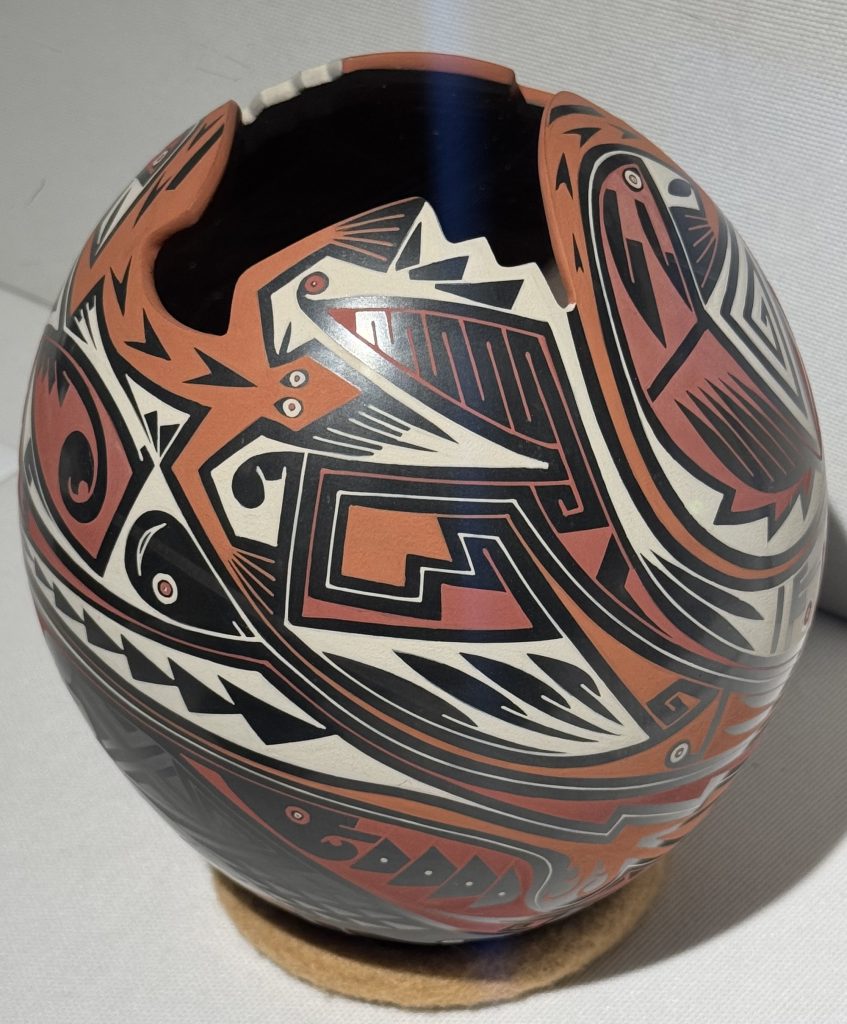
This pot, made by Jesus Navarrete Ortiz, is red clay with polychrome designs, from 2009. Contrary to how we build much pottery now, this is hand-built, not using a wheel. The craftsman starts by rolling out a thin clay slab or “tortilla” and pressing it into a shallow, dish-like plaster form. They then roll and form a large coil of clay and join the ends to make a ring. Repeated pinching and forcing the clay upwards yields the walls of the pot.
Juan Quezada then developed pigments from minerals and clays in his native area. Manganese is used to make the black paint, and iron ore is used to make the red colors. Sanding the pot is the next step in the process and treated with sandpaper and oils, the pot is soon ready for painting with the natural pigments. Next is the firing of the pot. Not using the kilns of today, most potters used to burn cow manure, and if that isn’t available, they use cottonwood bark because it burns “clean” and is safe for light-colored pots. The stunning pot pictured was given a unique cut-out opening by the artist, Jesus.
Our next type of pottery encountered was the ubiquitous Talavera style, which originated in the 16th century Puebla, Mexico, when Spanish potters from Spain’s Talavera de la Reina introduced their tin-glazed majolica techniques to local artisans. Influenced by Moorish, Asian, and indigenous peoples, the pottery boasts a milky-white glaze with vibrant, intricate patterns. The process for creating these pieces is more standard – shaped on a potter’s wheel, left to dry, fired in a kiln, glazed with white base, and then hand-painted with designs before the final firing. There are two main varieties of Talavera – one is the multicolored version of pottery seen here, and the other is a strictly blue and white version influenced by Chinese and Delft colors and glazes of blues and whites.
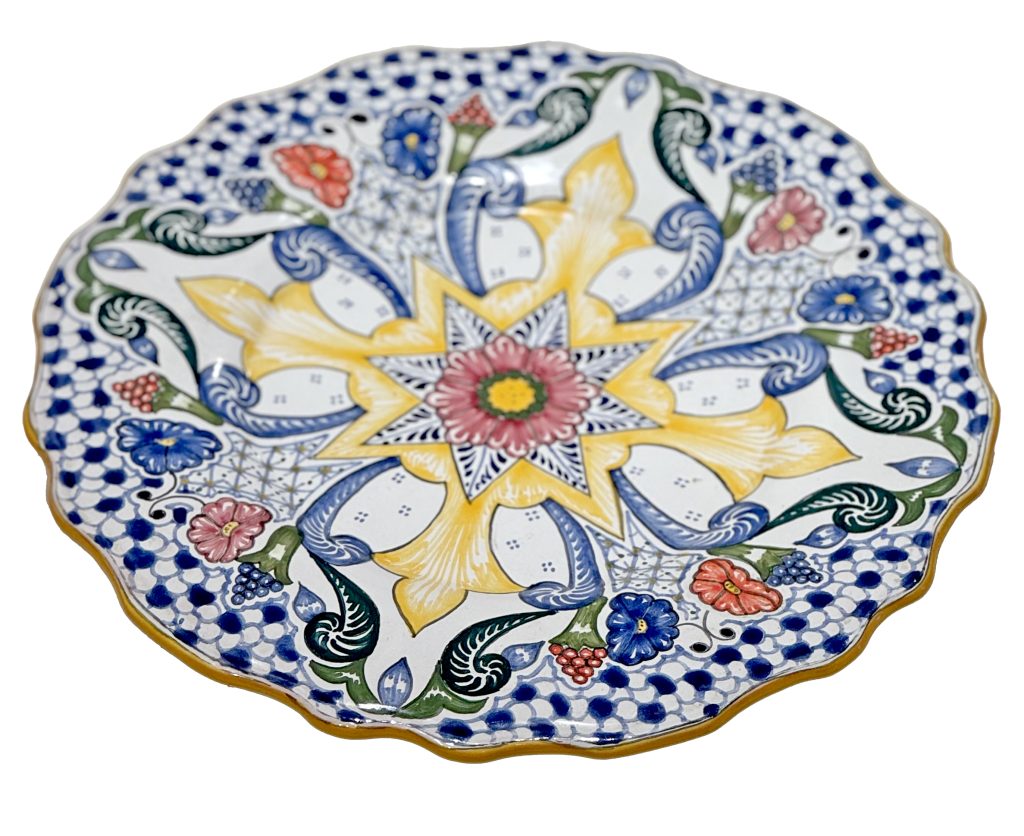
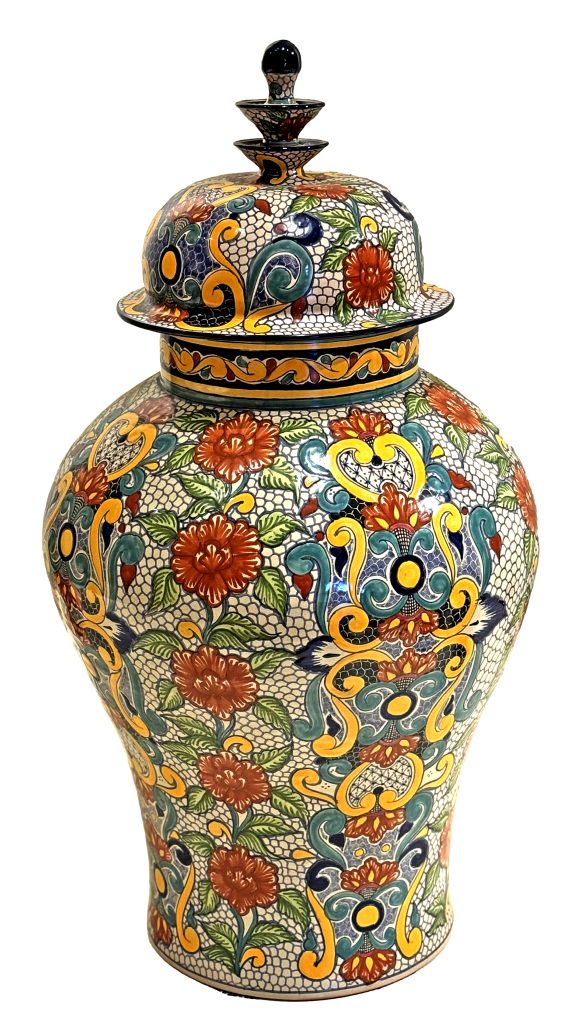
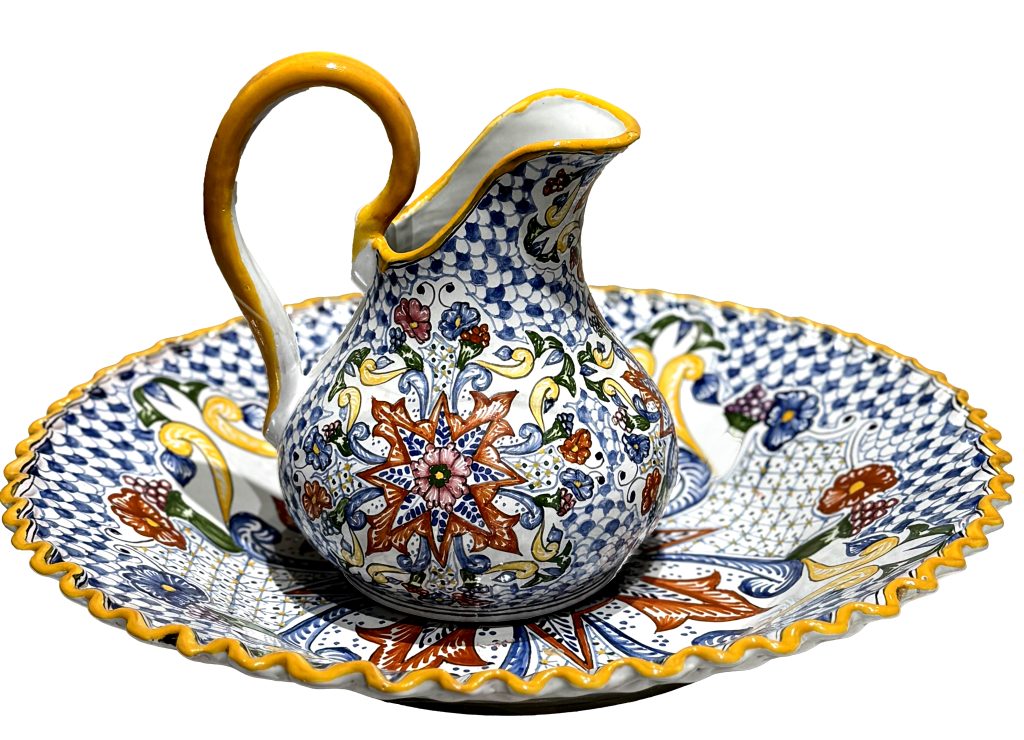
Most people are familiar with Talavera tile work, which is used generously throughout Mexico, and has become an affordable, useful decorative style in the Southwest of the United States. It was and is used to decorate churches, homes, and community structures for external use, and kitchens, bathrooms, and table wear for internal uses. One of the most famous uses of Talavera tile is in architecture, and specifically on roofing. When the monks were constructing the Church of Santo Domingo in Puebla in 1571, they called upon the Talavera ceramicists to help decorate the structure. It became so popular that having such tiles on the facade or roof of the building was seen as a sign of prosperity for the family or business.
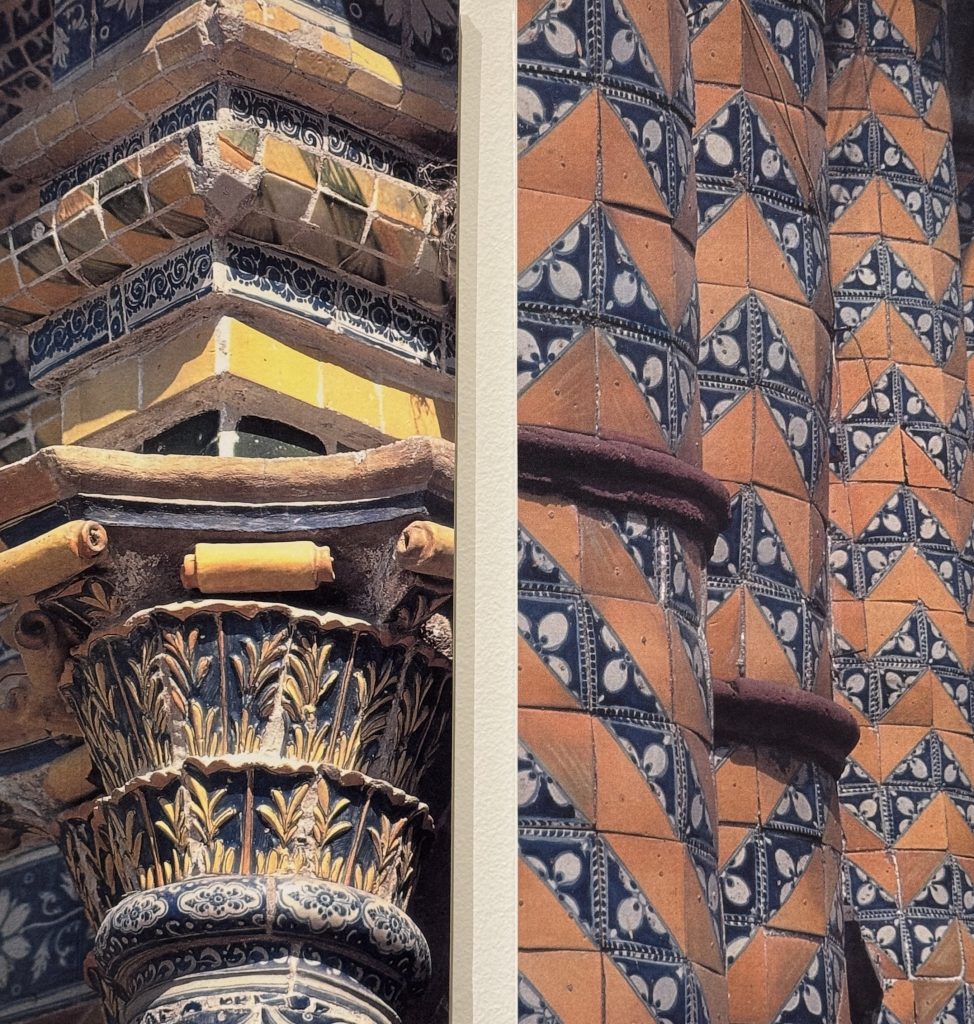
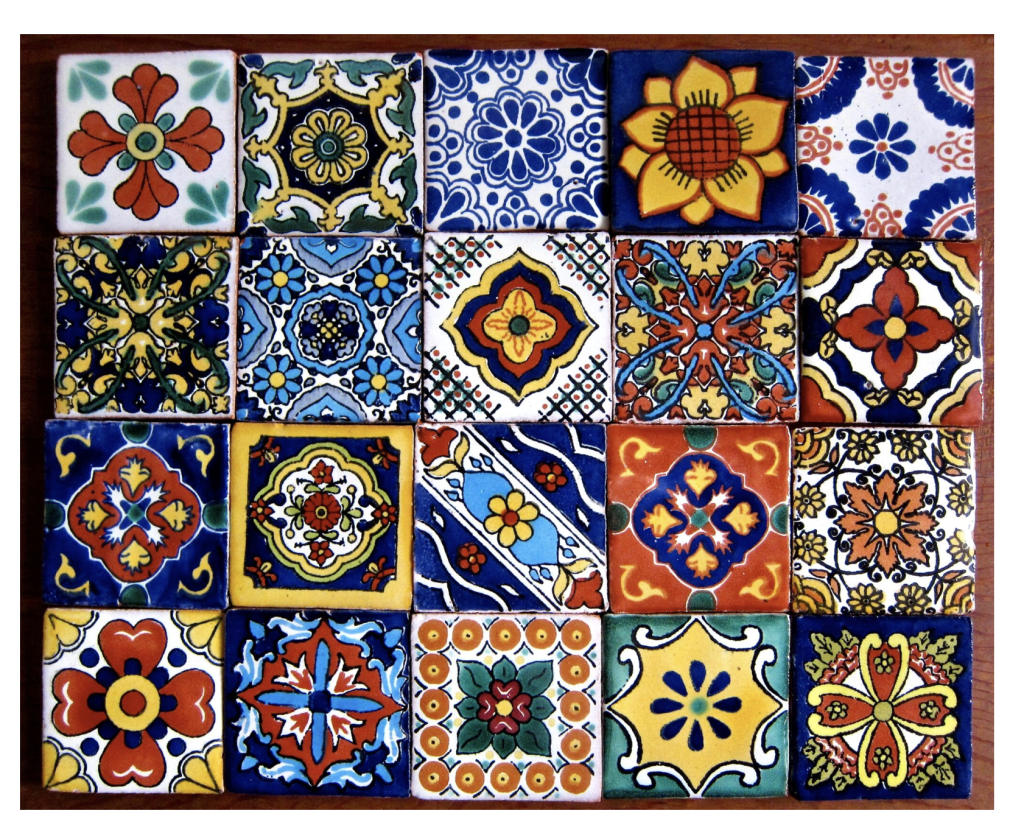
While visiting Omaha, we highly recommend visiting The Old Market entertainment district in downtown. Known for its cobblestone streets and old brick buildings, it boasts many fun restaurants, shops, cafes, and galleries. We loved our dinner at Gather in Omaha, a farm-to-table restaurant with its own Hydroponic Vertical Urban Farm in the basement of the building. The farm provides fresh ingredients for meals and cocktails, alike. The patio seating was perfect for enjoying a lively night in The Old Market, while enjoying our selections of a stuffed poblano pepper, summer fried chicken, lemon orzo, and crispy brussels. We topped off the evening with the most amazing lemon-basil sorbet ever, of course made with their homegrown basil.
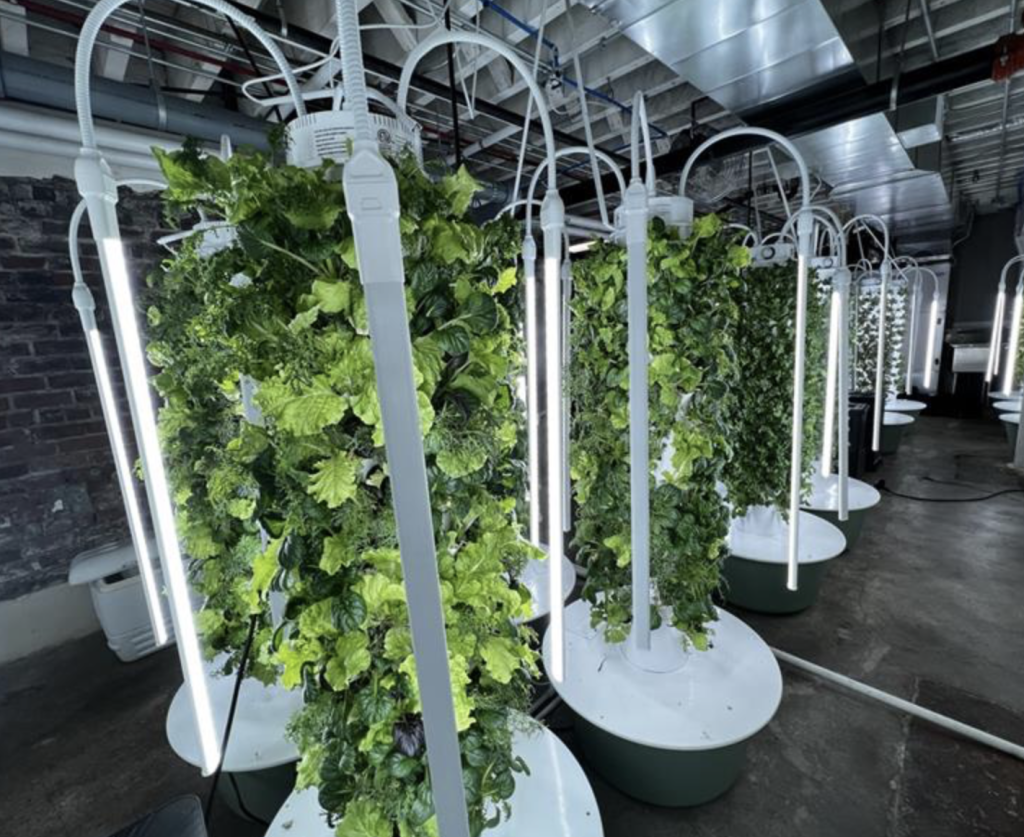
Featured in the October 4, 2025 issue of The Independent
By: Anne Potter Russ